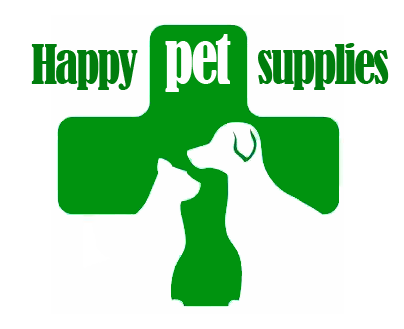




Practical tips for airing your pet
Tip 1: Air travel can be dangerous for some animals!
If your pet belongs to the category of short-nosed (or so-called Brachycephalic) breeds such as the Bulldog, Pug or Persian cat, air travel may be a nuisance. Due to the shortness of the nasal passages, these animals are very sensitive to lack of oxygen and heat shock, and this can endanger their lives. So in such cases, it is better to think about air transportation alternatives. If you want to take your pet on vacation with you so that he can have some fun, traveling by car is a better option. But if you find traveling by land difficult, it may be best to leave it to a reputable animal nurse or boarder.
But there are times when you have no choice but to airlift your pet, in which case be sure to read the rest of this article.
Tip 2: If possible, take the animal with you to the passenger cabin.
Although it is not allowed to take an animal into the cabin on Iranian airlines, on some foreign airlines, it is possible to take cats or small breed dogs into the cabin with a suitable box. You can ask the airline about this before buying a ticket, and if possible, be sure to use this method.
Tip 3: Be careful when passing X-ray devices.
Crossing X-ray machines used at airports to inspect people and their luggage can be dangerous for animals. It is better to consult and cooperate with the relevant authorities at the airport so that your pet gets the least damage.
Tip 4: sending an animal through cargo has its own risks!
Although airlift is one of the fastest and safest ways to move animals in the world, it should be noted that this route is not completely safe and from time to time animal casualties are reported in the cargo area of aircraft. These cases are usually caused by very cold temperatures, very hot temperatures, poor ventilation of the cargo area of the aircraft, as well as harsh and inappropriate treatment of cargo operators. Therefore, you should be very careful in choosing a carrier and it is recommended that you leave this task to reputable companies with trained staff.
Now that we are talking about air transfer, let me make a series of very important recommendations that, if followed, will minimize the risk.

Finally, know that air travel with your pet has its troubles, but by following the tips above, you can have a safe and enjoyable trip.
Hoping for a pleasant trip with all the good memories for you and your furry friend!

close *Name * Email * Text message |
